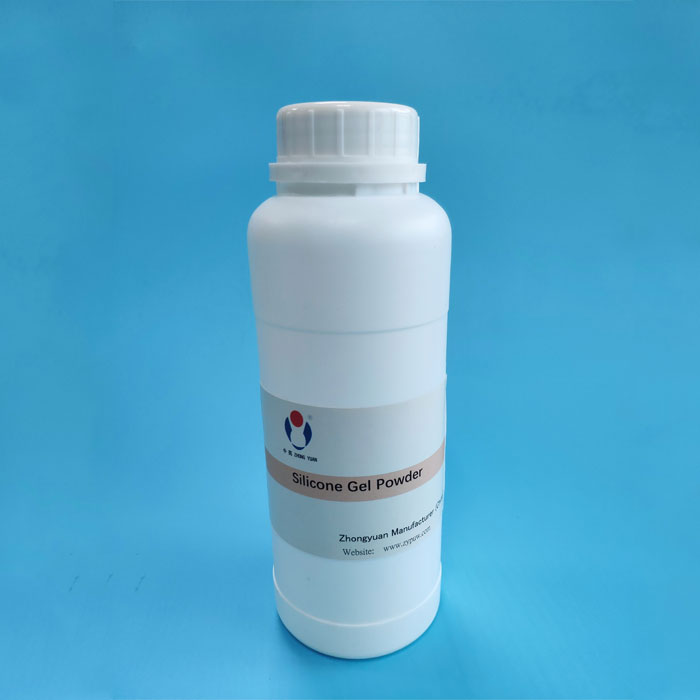Polyurethane cell opener is a chemical agent used for opening and filling materials. Its working principle is mainly based on the foaming characteristics of polyurethane. The following is a detailed description of the opening principle of polyurethane cell opener:
1. Chemical reaction
Ingredients: Polyurethane cell openers are usually composed of isocyanates (such as MDI or TDI) and polyether or polyester polyols.
Reaction process: When the polyurethane cell opener comes into contact with water or other foaming agents, a chemical reaction occurs to generate carbon dioxide gas. These gases form bubbles in the liquid, causing foaming and expansion.
2. Foaming process
Physical foaming: The carbon dioxide gas produced by the reaction expands the polyurethane base material to form foam. As the foaming proceeds, the polyurethane material gradually increases and forms an open-cell structure.
Expansion characteristics: Polyurethane cell openers can expand rapidly in a short period of time, fill the shape of the cavity or mold, and form a uniform open-cell structure.
3. Formation of holes
Opening mechanism: As the foam expands, the bubbles formed in the polyurethane material connect to each other to form an open-cell structure. This structure can maintain its shape after hardening.
The size and shape of the pores: The size and shape of the pores can be controlled by adjusting the formula of the pore opener, the reaction conditions and the applied pressure.
4. Hardening and molding
Curing process: After the foaming is completed, the polyurethane pore opener will solidify to form a foam material with certain strength and stiffness. The curing process may require certain time and temperature conditions.
Molding characteristics: Open-cell polyurethane foam materials have good molding capabilities and can be used in a variety of applications, such as sound insulation, heat preservation, filling and support.
5. Application areas
Construction and decoration: used to fill gaps in walls, doors and windows, etc., to provide insulation and sound insulation.
Automobile and aviation: used for automobile interiors, seat filling, etc., to provide comfort and shock absorption.
Furniture manufacturing: used for filling and support of furniture such as sofas and mattresses.
Summary:The pore opening principle of polyurethane cell openers mainly depends on its foaming reaction, which generates gas through chemical reactions, causing the material to expand and form an open-cell structure. It is widely used in many industries with good performance and applicability.


